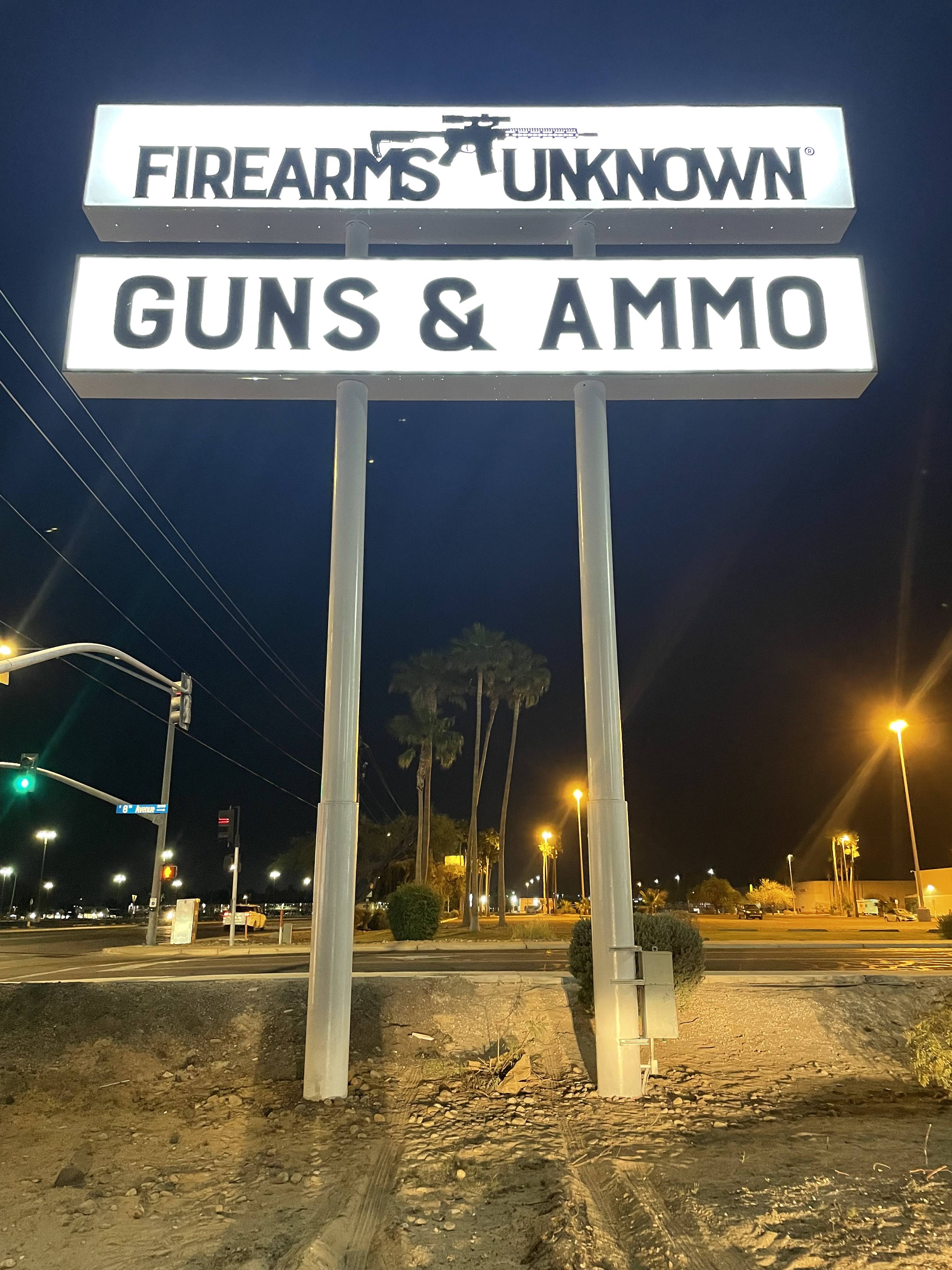Barrels can be Barrels
- Posted on
- By Firearms Unknown
- 3

This article is slated to cover one of the slight nuisance components of barrel manufacturing.
This article is slated to cover one of the slight nuisance components of barrel manufacturing.
Most folks don't know this, but AR barrels typically are made of two pieces, the barrel and the extension. There are exceptions to this, like in the case of 9mm or other pistol caliber barrels which can be made out of one single piece.
You know that ramp that your round rides on its way into the chamber? That is the face of the barrel extension. The barrel extension screws onto the barrel and is torqued down to 180ftlbs.
Whoa! 180ftlbs? Yup.
The barrel extension has a couple of jobs, it centers the barrel in the action or the "upper", it provides an indexing point for the machinist to drill the gas port (off the alignment pin) and serves as a feeding mechanism for your rounds when they get shoved into the chamber.
Why am I bringing this up? Because when purchasing a QPQ or Black Nitride barrel you need to ask yourself, how was this barrel assembled?
Huh, why would I ask that? Because understanding how the barrel was assembled could mean the difference between getting a functional barrel or a $200 piece of scrap metal.
Here's how it works.
The shop makes the barrel by rifling the steel. Once they have a rifled piece of steel. They chuck that piece of steel in a lathe and turn the barrel down to the desired profile. Once the barrel is done, it will be threaded on both ends and won't have a gas port. One end has the muzzle threads the other has the threads for the barrel extension.
The next part is the most crucial.
When does the barrel extension get installed?
Not now.
The barrel extension gets installed after both parts are separately coated/treated. Then, once both parts are coated, the barrel extension will be torqued on to the barrel. The barrel will be put in a mill and the gas port will be drilled after having been indexed off of the alignment pin on the barrel extension.
That's how a barrel SHOULD be assembled. However, going into 2021 we are seeing a lot of the same stuff we saw in 2013. A lot of new manufacturers are coming to market as are a lot of bad/poorly made parts.
We have seen many manufacturers get lazy and attempt to save time in the manufacturing process by assembling the barrel and extension in the white (raw configuration) then send the assembled barrel to QPQ for treatment.
The problem is that QPQ/Black Nitride heats the steel up to, here comes a technical term, like a million degrees.
Because of the heat treatment in the QPQ process, the barrel extension can lose its torque setting. This leads to loss of head space and/or a barrel that will freely unscrew from the extension.
Effectively, if this happens the barrel is scrap. While it is possible to re-torque the extension back onto the barrel, in most cases the alignment pin and gas port will no longer be true and the barrel can/will have cycling issues and most likely headspace issues.
How do you spot a poorly assembled barrel? The first clue is look at the gas port. Is it shiny like it was drilled after it was coated? That is a sign that it was assembled correctly.
I sometimes get samples from new manufacturers that want us to sell their stuff. A shiny gas port is the first thing I look for. If it is not shiny, it can still be assembled correctly as some manufacturers have methods for treating the gas port after the hole is drilled. However, most don't, especially the smaller shops.
If the gas port doesn't look freshly drilled, I use my muscles and get goofy. I throw the barrel in a vice and try to twist the extension off with channel locks. If the extension comes off then I know it was not assembled correctly, if it doesn't move I know the barrel was assembled correctly.
Here's the problem, you guys at home are not getting free sample parts sent to you, so you probably don't want to chuck up your barrel in a vise and start taking channel locks to it. This will damage the finish and I don't suggest anyone do this with a part they want to seriously use.
As such, ask the manufacturer how the barrel was assembled. If they can't give you a straight and/or clear answer, don't buy their barrel.
Just remember, only YOU can prevent forest fires.




















Great article! I always learn so much from Firearms Unknown! Best in class service and knowledge.
That short article was very informative and I appreciate that you took the time to share such an important piece of knowledge with everyone. That's the kind of knowledge every AR owner/builder should know. Thank you.
thanks, that was a great tidbit!